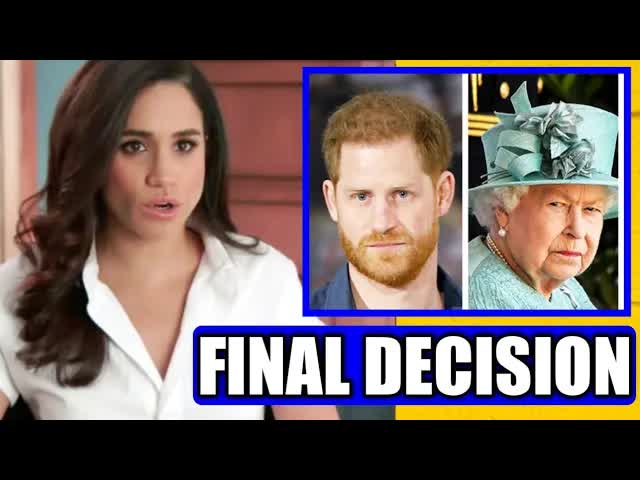The recent passing of Queen Elizabeth II at the age of 96 has sparked curiosity about the beneficiaries of her vast estate, estimated to be worth a staggering $657 million.
While the Queen did not receive a conventional salary, she derived income from various sources, including the Sovereign Grant – a government-funded initiative, as well as inheritances from her ancestors in the form of land, castles, and other valuable assets.
Forbes reports that Queen Elizabeth II’s personal net worth is approximately $657 million, sourced from a combination of the Crown Estate, a private estate, stock holdings, and personal possessions.
Among her prized belongings are a remarkable stamp collection, an extensive array of artworks, exquisite jewelry, and even horses.
Furthermore, it was revealed that a portion of her wealth, amounting to $17 million, was held in offshore accounts in the Cayman Islands and Bermuda back in 2017, as exposed by the Panama Papers International Investigation.
The Queen’s impressive property portfolio includes iconic landmarks such as Buckingham Palace, Windsor Castle, and Holyrood Palace, all owned by the Crown Estate.
In exchange for these assets, the Crown Estate provides the Queen with an annual Sovereign Grant, with the current monarch receiving 15% of the estate’s earnings.
This percentage can be adjusted by the British government, as seen in the recent decision to allocate 25% of the proceeds to the Queen over a decade to fund the renovation of Buckingham Palace.
The Sovereign Grant for the fiscal year 2021-2022 has been set at nearly $131 million by the UK government, equating to around $2 per person in the country.
In cases where Crown Estate profits decline, the grant must be augmented by the treasury to meet the established targets, a scenario that unfolded in 2020.
The inheritance and financial arrangements extend to the future monarch, King Charles III, who is poised to inherit properties like Balmoral Castle in Scotland and Sandringham in the UK from his mother.
While the specifics of the Queen’s will remain undisclosed, royal commentator Richard Berthelsen anticipates that King Charles III will inherit key assets such as Balmoral Castle and Sandringham House.
Despite potential bequests to other individuals or family members, it is projected that the King will assume ownership of the majority of the Queen’s personal estate.
Moreover, King Charles III is expected to retain control of the Crown Estate, encompassing prestigious properties like Buckingham Palace and Windsor Castle, along with significant assets like the Crown Jewels and art collections.
Distinguishing between private possessions and state assets is paramount, with the former likely passing to King Charles III while the latter, including national treasures like artworks and jewels, being held in trust for the nation.
The fate of the Queen’s private investments, including her stock portfolio, remains uncertain, raising questions about potential tax implications for the future monarch.
Interestingly, King Charles III is set to pass on the Duchy of Cornwall, a substantial private estate spanning 140,000 acres and valued at $1.5 billion, to his eldest son, Prince William.
This inheritance, detailed on the Duchy of Cornwall website, serves as a vital revenue stream for the royal family, supporting a range of public, private, and charitable endeavors.
As the intricacies of the Queen’s estate unfold, the legacy and financial implications for the British monarchy continue to captivate observers worldwide.
